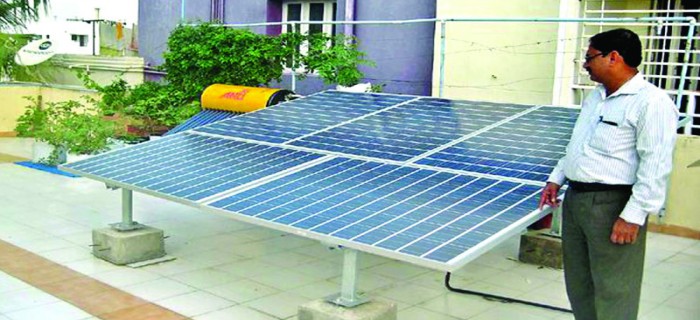
Tamil Nadu Set to Harness More Renewable Energy
Tamil Nadu, which is a pioneer in renewable energy generation, will be adding an additional 9.5 giga watts (GW) by 2022, said Vikram Kapur, Principal Secretary in the Department of Energy. He was speaking at the grand finale of Carbon Zero Challenge-2018, a south India renewable energy innovation contest organised by the United States Consulate and IIT-Madras. The contest saw participation of 25 teams, who developed prototypes. Three teams have finally got the opportunity to incubate with IIT-M incubation cell along with a capital investment up to Rs 10 lakh. He said Tamil Nadu was currently having 7.8 GW of wind power and 1.7 GW of solar power. Along with other renewable energy sources, the total installed capacity of renewable energy is 10.5 GW and projects are underway to boost it by another 9.5 GW, which accounts for 36 per cent of total power. He acknowledged that thermal power was pollution-riddled and with other disadvantages such as long gestation and huge capital cost. Besides, thermal power has become less competitive compared to renewable energy. “A few years back, per unit of solar power cost Rs 10-12, but now the prices have dropped to Rs 3.5 or even lesser. So, there is a debate going on why we should invest in thermal power. The challenge here is integrating renewable power with grid management,” he said. Kapur said the Centre was engaging with countries such as the US, which integrated renewable power with grid system using innovative means. “In July-August last year, Tamil Nadu touched a record wind power production of 99 billion units and on one particular day, we touched 5,000 MW, which is unprecedented. But because wind power is intermediate and variable, we have to find ways to integrate with grid system. One way is to have cost-effective batteries to store power, better forecasting and effective grid management. This throws up several opportunities for start-up firms to come up with workable solutions,” he said. He said the government was looking at the option of “pump storage” system, wherein the water will be pumped to higher reservoir and the water let out to run turbines and generate electricity, which will be stored and used during day time. The senior bureaucrat asked research institutions and student to explore ways to tap other sources of renewable energy as well like wave energy, biomass and power from solid waste.


leave your comment